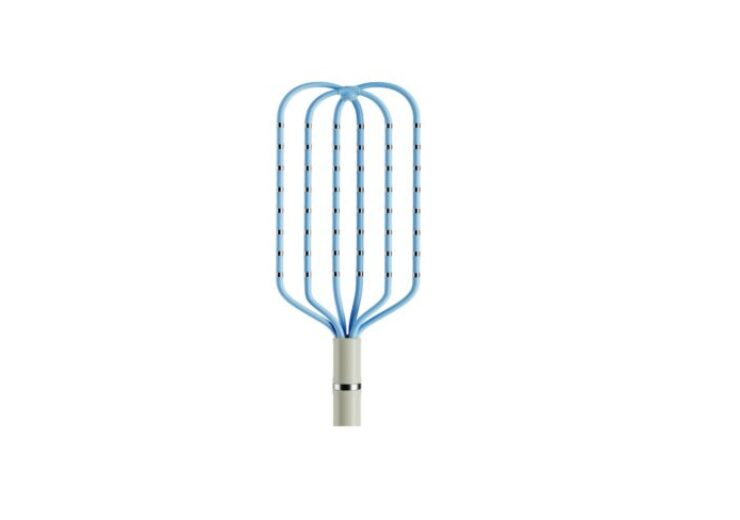The Optrell catheter is a high-density diagnostic catheter to map cases like redo AFib ablation, persistent atrial fibrillation, atrial tachycardia, and ventricular tachycardia

A product image of the OPTRELL Mapping Catheter. (Credit: PR Newswire/Biosense Webster, Inc.)
Johnson & Johnson MedTech’s Biosense Webster has introduced its OPTRELL mapping catheter with TRUEref technology powered by the CARTO 3 system in the US.
Biosense Webster designed the Optrell catheter as a high-density diagnostic catheter.
The device is said to have small electrodes arranged in a fixed array formation to generate a high-definition electrophysiological mapping of complex cardiac arrhythmia cases.
OPTRELL with TRUEref technology, which received US Food and Drug Administration (FDA) 510(k) clearance in 2022, can map cases like redo AFib ablation, persistent atrial fibrillation (AFib), atrial tachycardia, and ventricular tachycardia.
According to the Johnson & Johnson MedTech unit, the catheter has 48 electrodes that are distributed symmetrically across and along six splines. It combines with the CARTO 3 System to provide insightful information as well as high-resolution directional mapping.
The OPTRELL catheter also contains compact electrodes and tight electrode spacing, which results in increased signal resolution and improved maps of the heart.
Clinicians can better pinpoint the location of the arrhythmia using these high-definition maps, which also help them create more successful ablation plans, the Johnson & Johnson’s unit said.
Biosense Webster president Jasmina Brooks said: “The OPTRELL Mapping Catheter rounds out the Biosense Webster diagnostic mapping portfolio, providing physicians with a comprehensive set of tools, integrated with our CARTO 3 mapping system, to diagnose and treat arrhythmias.
“This is the latest example of the continued commitment of Biosense Webster to providing clinicians with innovative tools to improve efficiency and effectiveness of procedures and quality of care for patients.”
The CARTO 3 system, which powers the OPTRELL Mapping Catheter, provides local conduction vectors that show the direction and speed of the electrical impulses travelling through the heart in real-time.
By using these local conduction vectors, doctors can identify gaps in ablation lesions and get better insights into complex circuits and mechanisms, Biosense Webster said. This will help clinicians to locate areas that require ablation and deliver more efficient treatment in less time.
The OPTRELL Mapping Catheter with TRUEref technology is expected to be available commercially in Japan later this year.
